*Updated 11:55 p.m. ET
*Dennis Byrd, the salt-of-the-earth Oklahoman whose short shining career as a Jets defensive lineman and inspirational fight in overcoming a paralyzing on-field injury in 1992 led to his uniform number 90 being retired by the team in 2012, was killed this morning in a two-vehicle collision in Oklahoma. He had turned 50 last week.
Byrd was pronounced dead at the scene due to massive injuries from the collision. The Tulsa World cited an Oklahoma Highway Patrol report that said the crash occurred when a 17-year-old youth from Claremore, OK, driving a 2000 Ford Explorer north on Oklahoma Route 88 veered into the oncoming lane, striking the 2004 Hummer H2 driven by Byrd.
Jets Owner Woody Johnson late Saturday said in a statement:
"We are all devastated by the untimely loss of Dennis Byrd. Soft-spoken and strong-willed, the inspiration he provided to all not only by his play on the field but from the way he overcame life's obstacles was remarkable by any measure. His impact on the New York Jets and the many lives he touched will never be forgotten."
Byrd was the Jets' second-round selection in the 1989 NFL Draft out of Tulsa. He had no starts as a rookie backup but still compiled seven sacks. Then, lining up as the starter at the Eagle tackle position and at end in then-coordinator Pete Carroll's defense, erupted for 13 sacks in '90 and seven more in '91.
In Jets history, 27 sacks by a player at any position in his first three seasons had been bettered only two other times. DE Mark Gastineau had 33.5 sacks from 1979-81 and DE John Abraham had 27.5 sacks from 2000-02.
Top Photos of the Inspirational Jets DL Legend



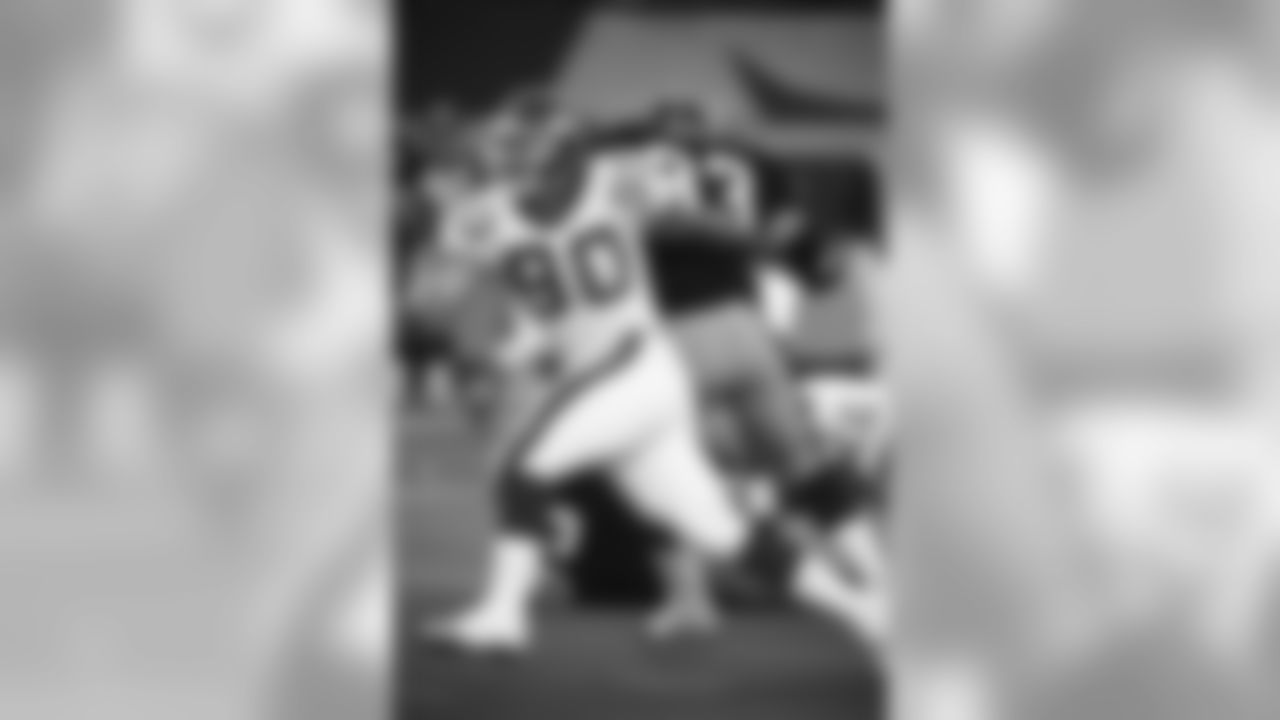
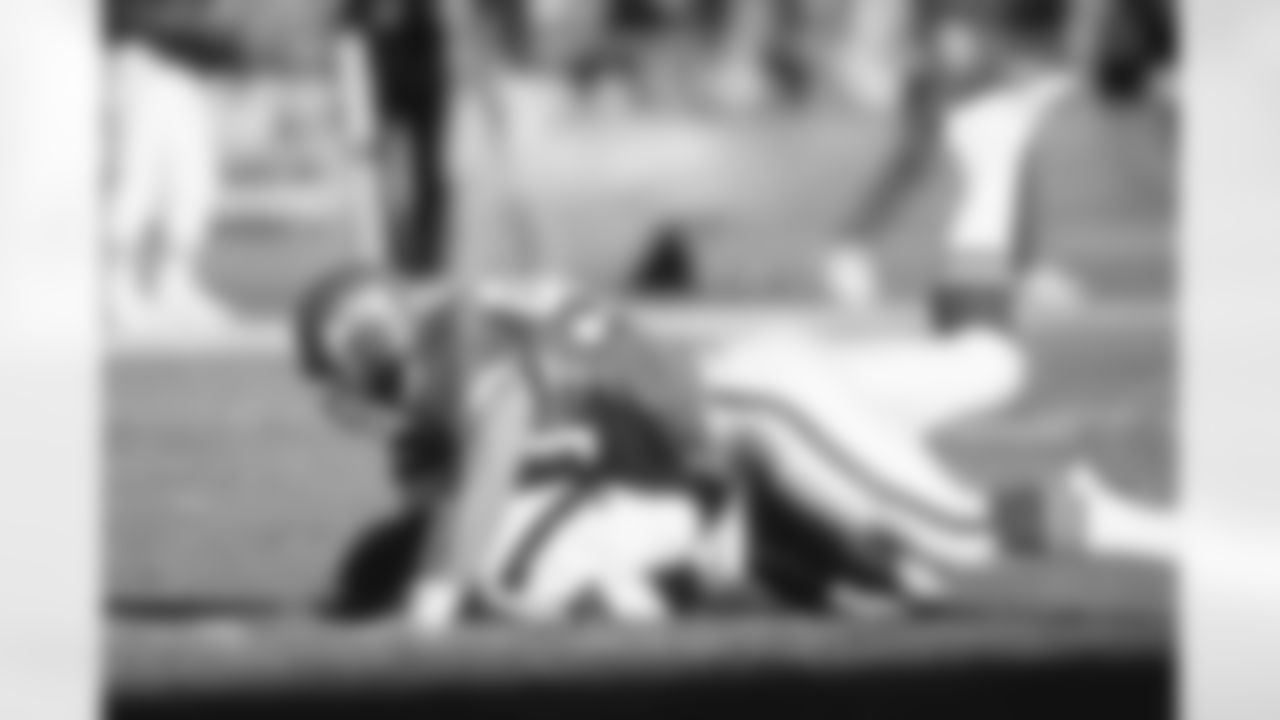
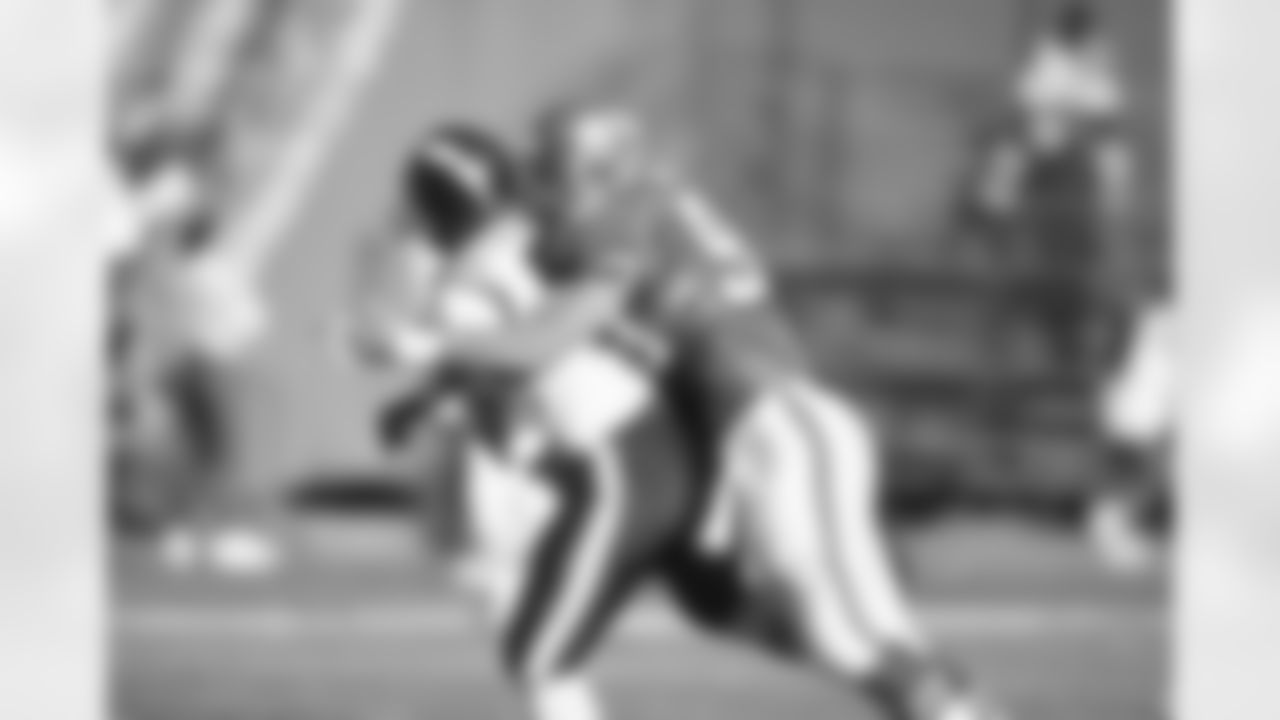

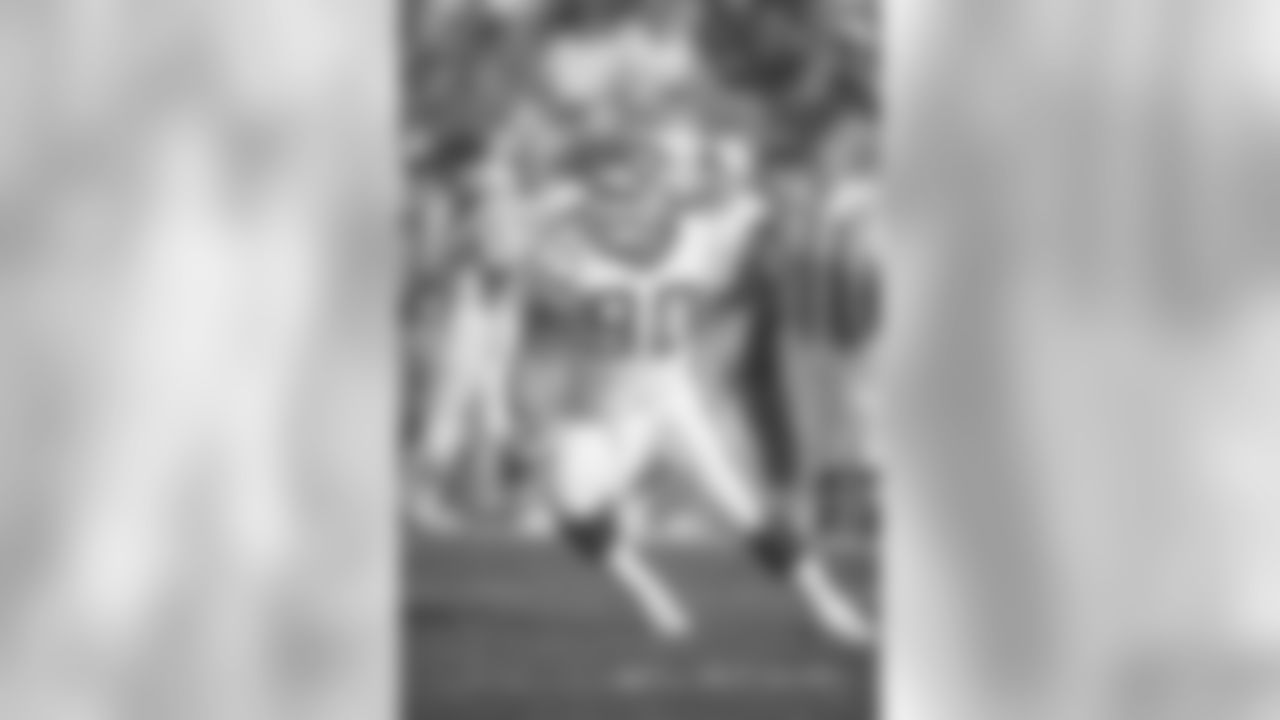
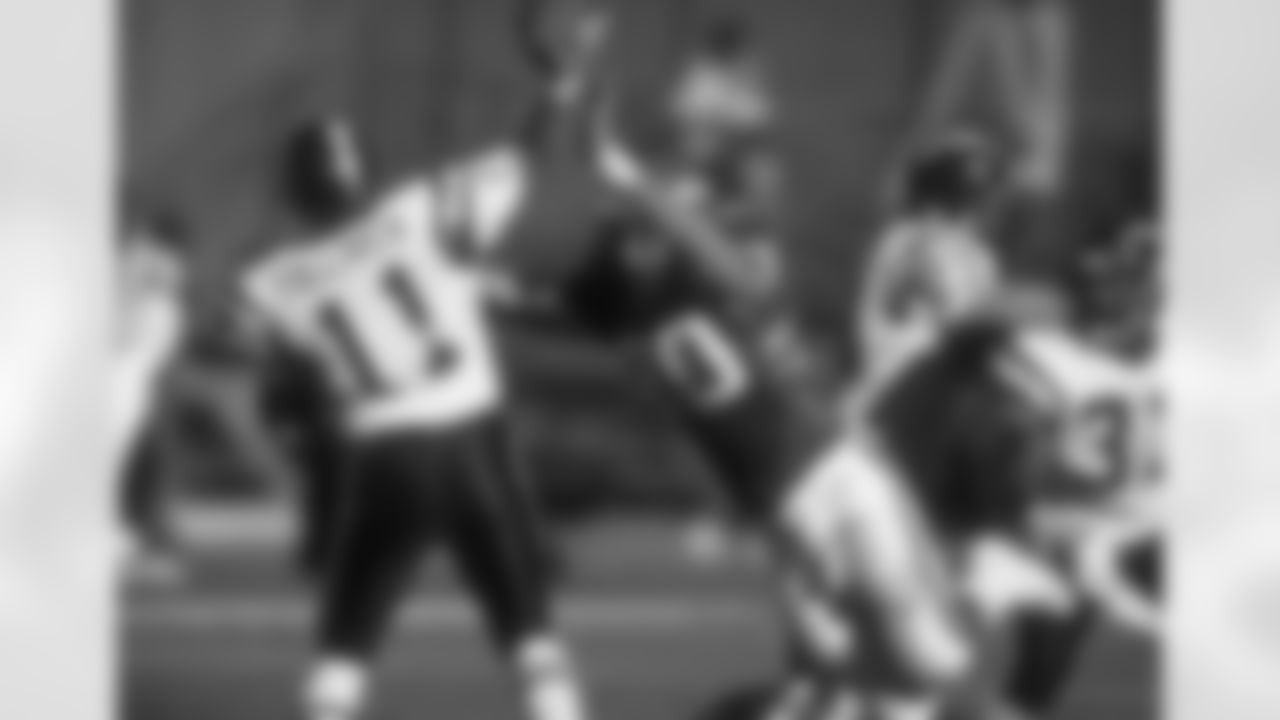


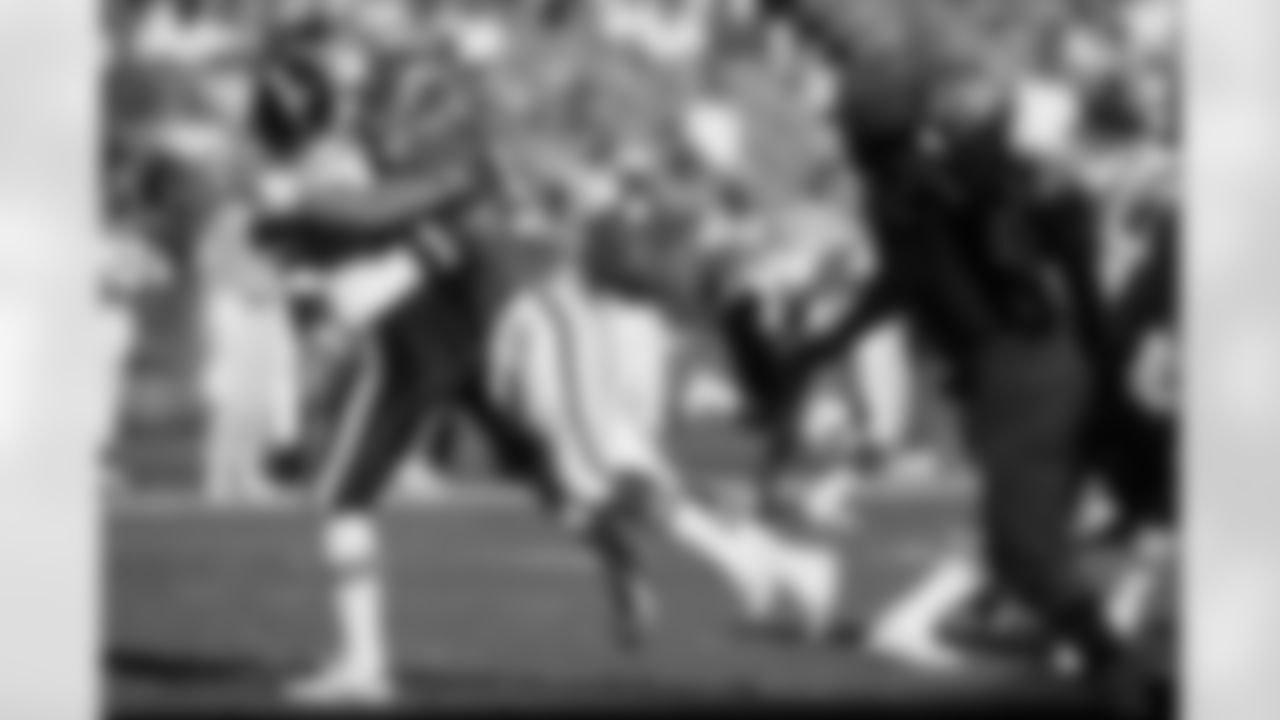







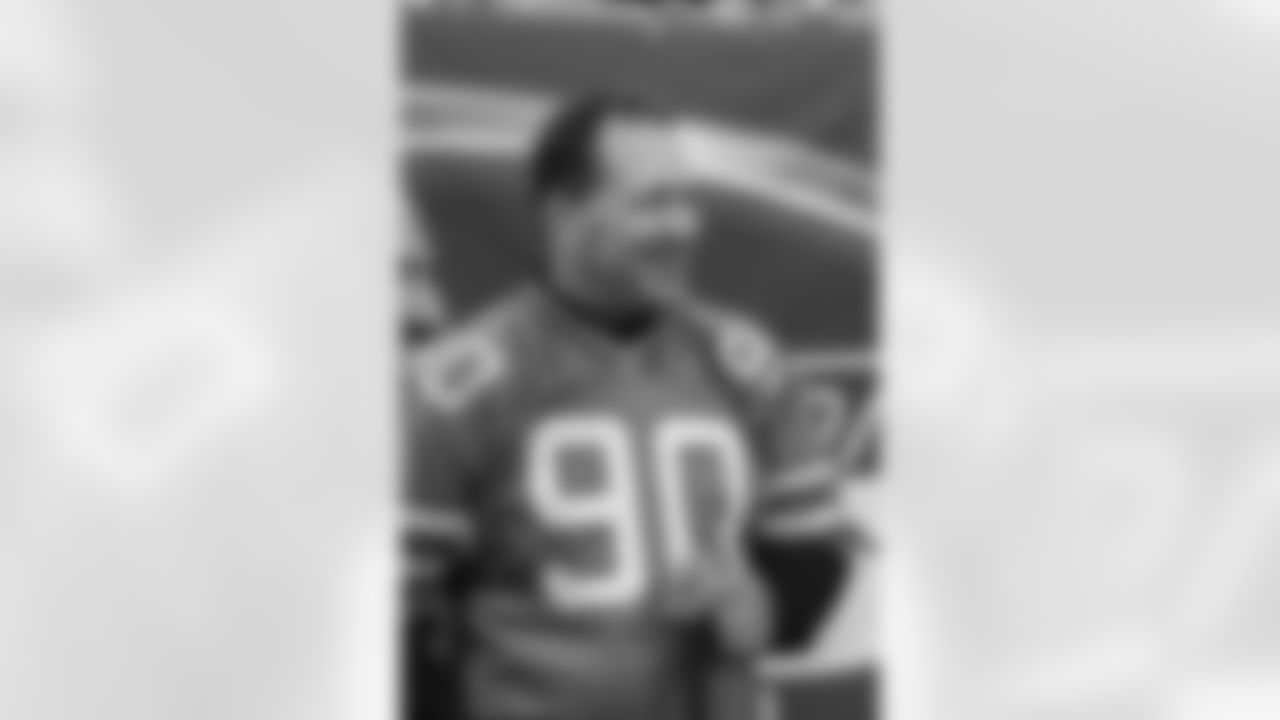

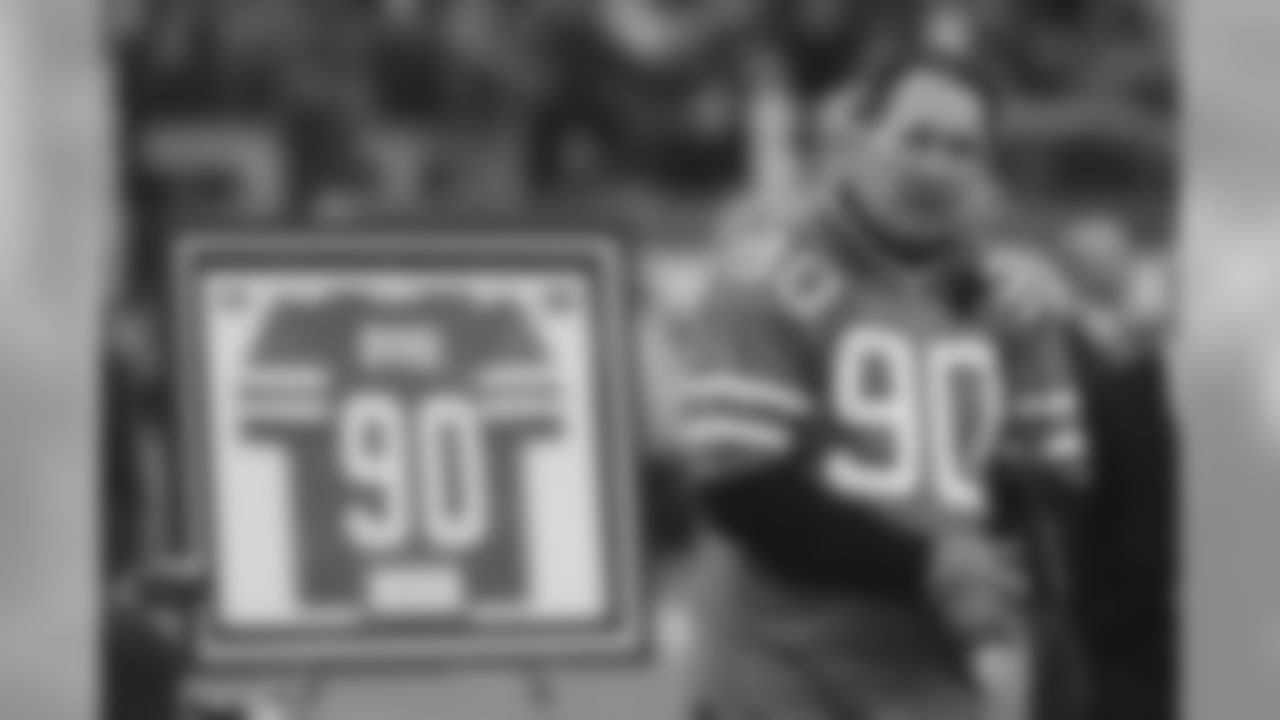
But the humble yet relentless 6'5", 270-pounder's exploits on the football field came to an end on Nov. 29, 1992, when he collided with teammate Scott Mersereau as they tried to converge on Chiefs QB Dave Krieg in the pocket.
Byrd crashed into Mersereau's chest, breaking a vertebra and injuring his spine. Doctors, trainers and EMTs cut his uniform from his body and worked to save his life and get him to the hospital.
It took him almost a year, but Byrd slowly recovered from his traumatic injuries and arrived at Meadowlands Stadium on Sept. 5, 1993, where he walked unsteadily but unaided onto the field to be honored by the Jets and to thank the fans for their support at the Jets-Broncos season opener.
He returned to training camp for a visit in the late Nineties, and in early 2011 he was asked to speak to the Jets at the team hotel the night before they went out and defeated the Patriots in the AFC Divisional Round playoff game at Gillette Stadium.
Then came his uniform retirement Oct. 28, 2012, at MetLife Stadium at halftime of the Jets-Dolphins game. The week before the ceremony, he told reporters and fans his emotions.
"It's just a tremendous honor to be recognized by the Jets, to have that number retired," Byrd said. "It's meant a lot to me as a player and it means a great deal to me since I've been retired. And it's been an honor the way it's been done. I'm very excited, I'm looking forward to coming back to New York and spending the weekend there and to the ceremony."

He spoke about what the number meant to him going all the way back to his Oklahoma scholastic days.
"When I was in high school, my older brother, Dan, wore No. 90, and he has always been a significant, important part of my life as a young man and as an athlete," Byrd said. "That was not a number I wore in college or in high school, but it was available with the Jets and it was a number that I wanted to wear originally as an acknowledgement to my older brother.
"Then as I wore that number and made it mine for four years playing there in New York, those things become special to a guy. They're your colors, your stripes, your number. It grows with you."
The Jets presented Byrd an award as the team's most inspirational player in 1992 after his injury and have presented the Dennis Byrd Award to the most inspirational Jet every year since then.
In the years since his football career ended, Byrd returned to his home "in the middle of nowhere" in Talala, OK, where he lived with his wife, Angela, and their four children, and he made numerous speaking and ministering engagements.
"I'm a jack-of-all-trades-master-of-none," he said with a laugh. "I do enjoy doing that, and I really have loved coaching football and working with kids, talking about the lessons I've learned as an athlete and the journey as someone with a disability. Football has always been, for me, a cornerpost of strength and a way to accomplish things in life, whether it's on the field or just in maintaining a quality of life. All those lessons — dedication, perseverance, teamwork — they all dovetail nicely into living a blessed life."















